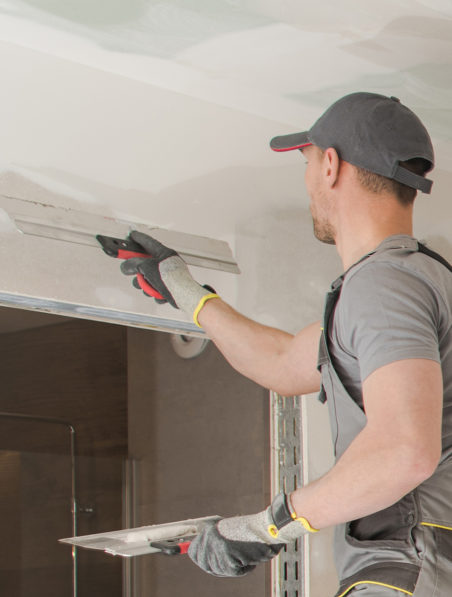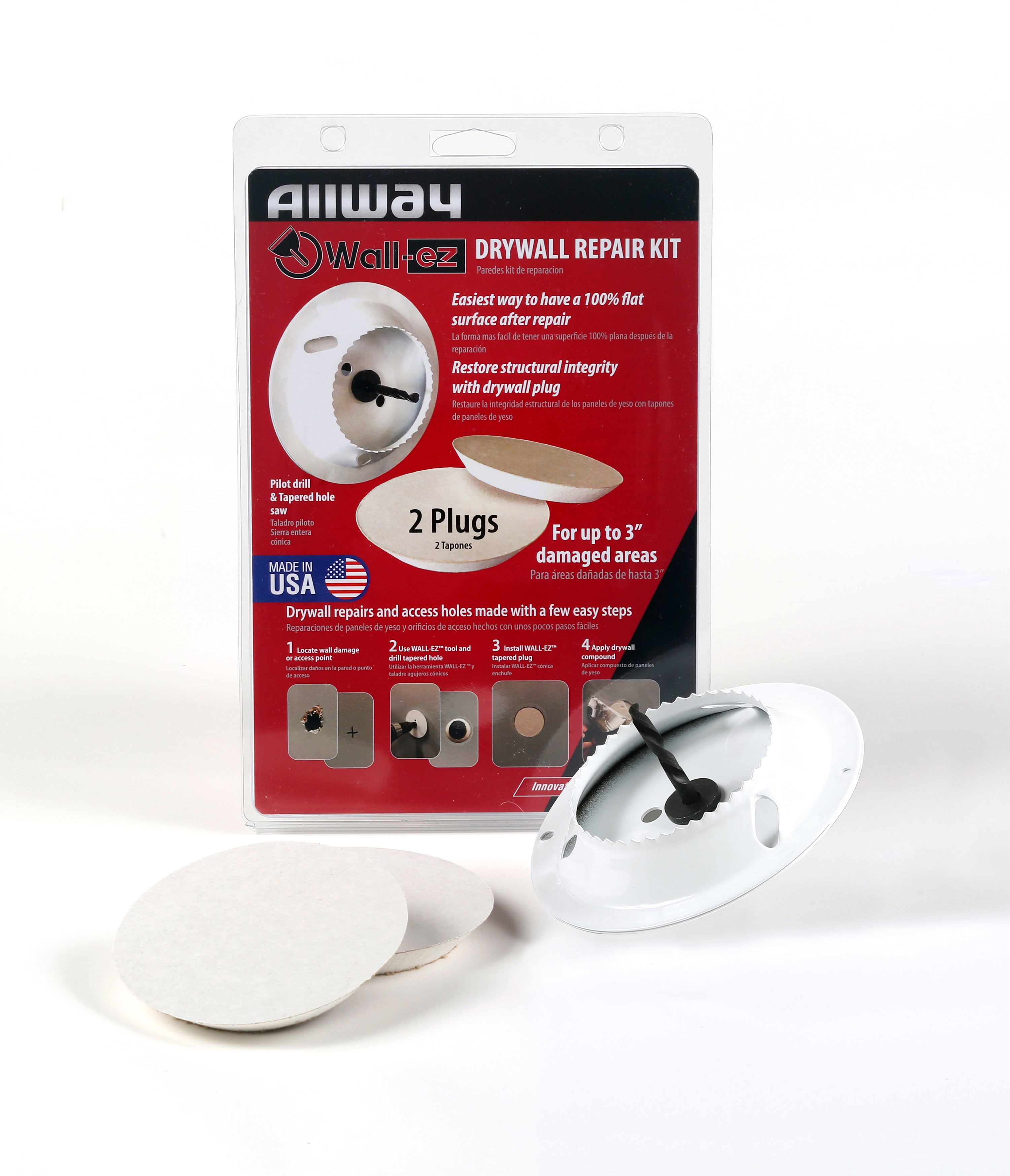Recommended News To Selecting Drywall Repair
What Is Drywall? Why Does It Require Repair?Drywall, also referred to as plasterboard or gypsum board, is a popular construction material used to construct interior walls. It is made of a core of gypsum plaster which is sandwiched between two layers of either paper or fiberglass.Drywall may need to be repaired for various reasons, which include:
Dents and holes: Drywall is easily damaged by doorknobs, furniture or even accidental impacts.
Water damage: Living in water can cause the drywall to turn discolored, warped, or moldy.
Moving or laying the foundation: This can cause cracks and crevices in the drywall.
As time passes, drywall might become brittle and show cracks or other signs of wear.
You may need to cut holes in the wall to allow for electrical or plumbing work.
Drywall repair involves filling holes or cracks with joint compound, sanding and painting the area around it. In some cases it might be necessary to replace whole sections of drywall. For aesthetic reasons, it is important to address any damages to drywall. Check out the recommended official source for drywall calgary contractors for more advice including drywall installers in my area, drywall and painting contractor, local drywall repair, drywall and plastering contractors near me, drywall and insulation contractors, drywall contractors in my area, sheetrock company near me, commercial drywall contractors near me, best drywall installers near me, drywall ceiling contractors near me and more.

What Can Happen When Drywall Is Damaged And How Can It Be Repaired?
To ensure a seamless final product, there are numerous steps involved in repairing wallboard. The process typically involves framing. Below is an overview of each step: Framing: If the structure has been compromised, the framing will need to be fixed or replaced.
Insulation When the framing is completed it is possible to add insulation to the wall cavity. This is particularly important for walls on the outside as well as walls that divide living areas.
Soundproofing: A layer of soundproofing material can be added between the framing and drywall to ensure soundproofing. This can reduce noise transmission between rooms.
Repair Damaged drywall should be removed following the soundproofing, insulation, framing, and soundproofing are completed. Then, the drywall can be repaired. This could mean taking the damaged piece and replacing it by the new piece.
Taping: After you've installed the new drywall, tap the joints to create seamless surfaces. Joint compound can be used to feather the edges of joints by applying joint tape.
Mudding: Once the tape is applied and the tape is removed, you need to apply joint compound to fill in any gaps and smoothen the surface. To create a smooth surface, you may need to apply multiple coats of joint compound. Between each coat, sand the surface.
Painting: Once the joint compound has dried and the surface is smooth, the next step is painting the drywall to match with the surrounding room or wall. It may require several coats based on the final finish you want.
Although repairs to drywall can be tedious and time-consuming, they can be seamless and professional If you are attentive to the specifics and employ the right techniques.

Here Are Some Suggestions And Suggestions On How To Select A Drywall Contractor
You need to find the most suitable drywaller to complete your task. This will ensure that the project is completed on-time, within budget, and at a high-quality standard. Here are some tips for selecting a drywall Contractor ask your family members and friends for suggestions. Referrals from word-of-mouth are usually the most reliable way to locate a reliable contractor.
Search online for reviews about local drywall contractors. This can provide you with an idea of their credibility and the quality of their work.
Verify the credentials of the contractor Verify that the contractor is licensed, insurance and bonded. This will protect you from any damage or accidents that may occur during the construction.
Request estimates: Ask for written estimates from at least three contractors. This will give you a better understanding of the range of prices and will also allow you to recognize the red flags.
Ask questions: Don’t be afraid of asking questions about the contractor’s process or experience. Also, ask about the materials. A professional contractor is likely to answer your questions and provide a detailed explanation of their process.
Communication skills are essential Find a contractor who can communicate effectively and is responsive. This will ensure the project goes smoothly and you are satisfied with its outcomes.
Review references: Request references and then follow up with them. This will give a good indicator of the contractor's quality and professionalism.
These guidelines can help you find a drywall business that is trustworthy, skilled and suitable for your project.